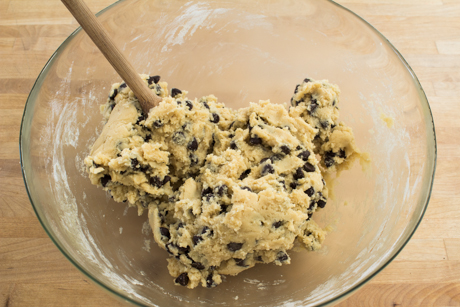How a Cookie Bakes
Here’s what happens to your cookies when they go into the oven, step by step:
- They spread. As the dough warms, the butter begins to melt, so the dough slackens and begins to spread outwards.
- The edges set. As the dough spreads, the edges become thinner, exposing them to the full heat of the oven while they encounter the hotter areas of the pan as they spread outwards. Thus, they set long before the centre does.
- They rise. As the butter melts, the cookie’s structure loosens, so that the water in the dough is able to combine with the baking soda, dissolving it. The baking soda then reacts to the acidic components present in brown sugar, creating gases that cause the cookie to rise.
- Egg proteins and starches set. When the cookies get hot enough, the egg proteins and starches begin to set, finalizing the shape of the cookie.
- Sugar caramelizes. The edges and bottom of the cookie, the hottest areas of the cookie, begin to brown as sugar granules melt together and caramelize.
- The Maillard reaction takes place. The Maillard reaction is a chemical reaction between amino acids and reducing sugars, so along with the caramelizing sugar, proteins in the cookie begin to brown, producing a rich, nutty, toasted flavour. This is the same reaction that occurs in bread and seared steak.
- They cool. The action doesn’t stop when your cookies come out of the oven. As they cool, the liquified sugars cool and harden, producing crisp bottoms and edges, and the air inside cools, causing the cookie to deflate slightly.
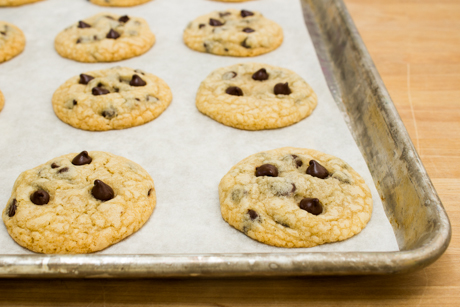
Choose Your Sugar
The type and amount of sugar can change not only the flavour of your cookies, but the texture and structure of them as well.
- Brown sugar, on the other hand, contains more moisture and is slightly acidic, so cookies made with mostly brown sugar will be chewier and rise higher (because the baking soda reacts to the acid in the sugar).
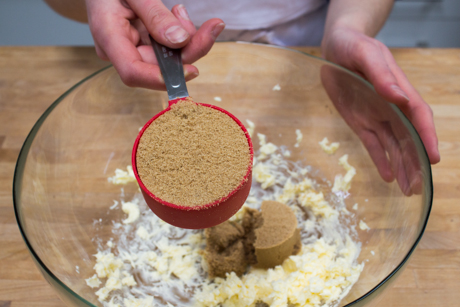
Butter: Creamed, Melted, or Browned?
Butter doesn’t affect just the flavour of your cookies, it has a major impact on their texture and structure, too.
- When you cream butter and sugar together, you incorporate air into the batter, which will leaven the cookies as they bake, leading to cakier, fluffier cookies.
- Melting butter incorporates no air, leading to denser cookie.
- If you brown your butter (cook the butter until the milk solids brown and it gives off a rich, nutty aroma), this causes the water content of the butter to evaporate, lending no extra moisture to the dough, yielding a very dense, but richly flavoured cookie.
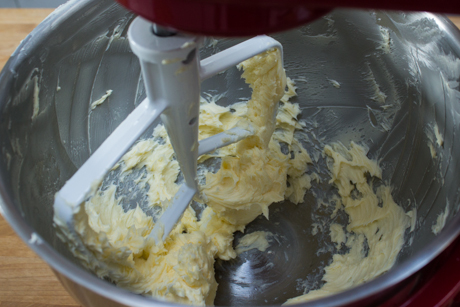
Baking Soda vs. Baking Powder
The type of leavening you use in your cookies doesn’t just help them rise while baking, it affects their texture and structure too.
- Baking soda in cookies yields a denser cookie with craggy tops, while baking powder causes cookies to rise higher during baking for a cakier texture.
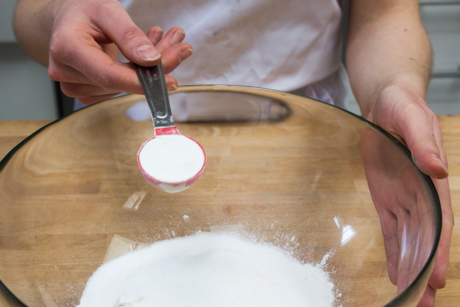
Let the dough rest:
If you have the patience, resting your dough is one of the easiest things you can do to improve flavour. Just roll your cookie dough into a log, wrap, and refrigerate it for several hours or days.
- When you rest your dough, the flour proteins and starches begin to break down, which will speed the “browning” process when you bake the dough, yielding a cookie with a rich butterscotch-like flavour.
- Keeping the dough cold also means your cookies will spread less while baking, leading to a chewy cookie.
